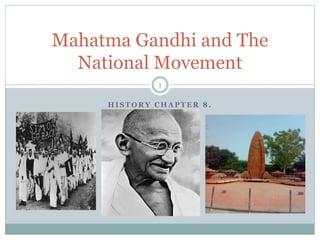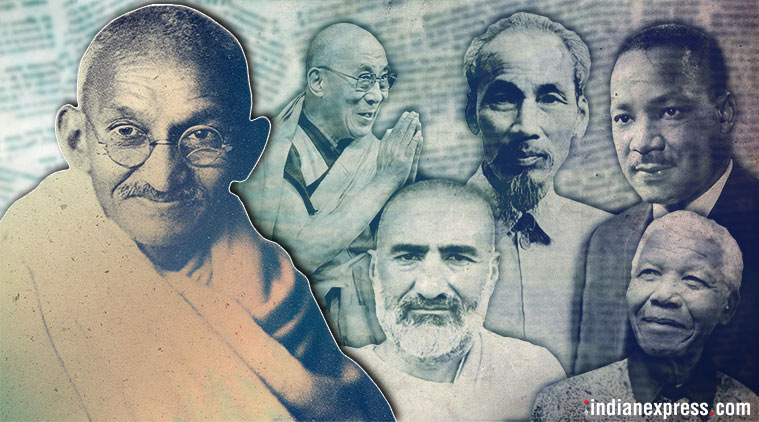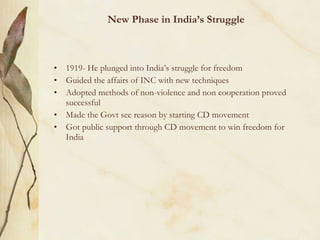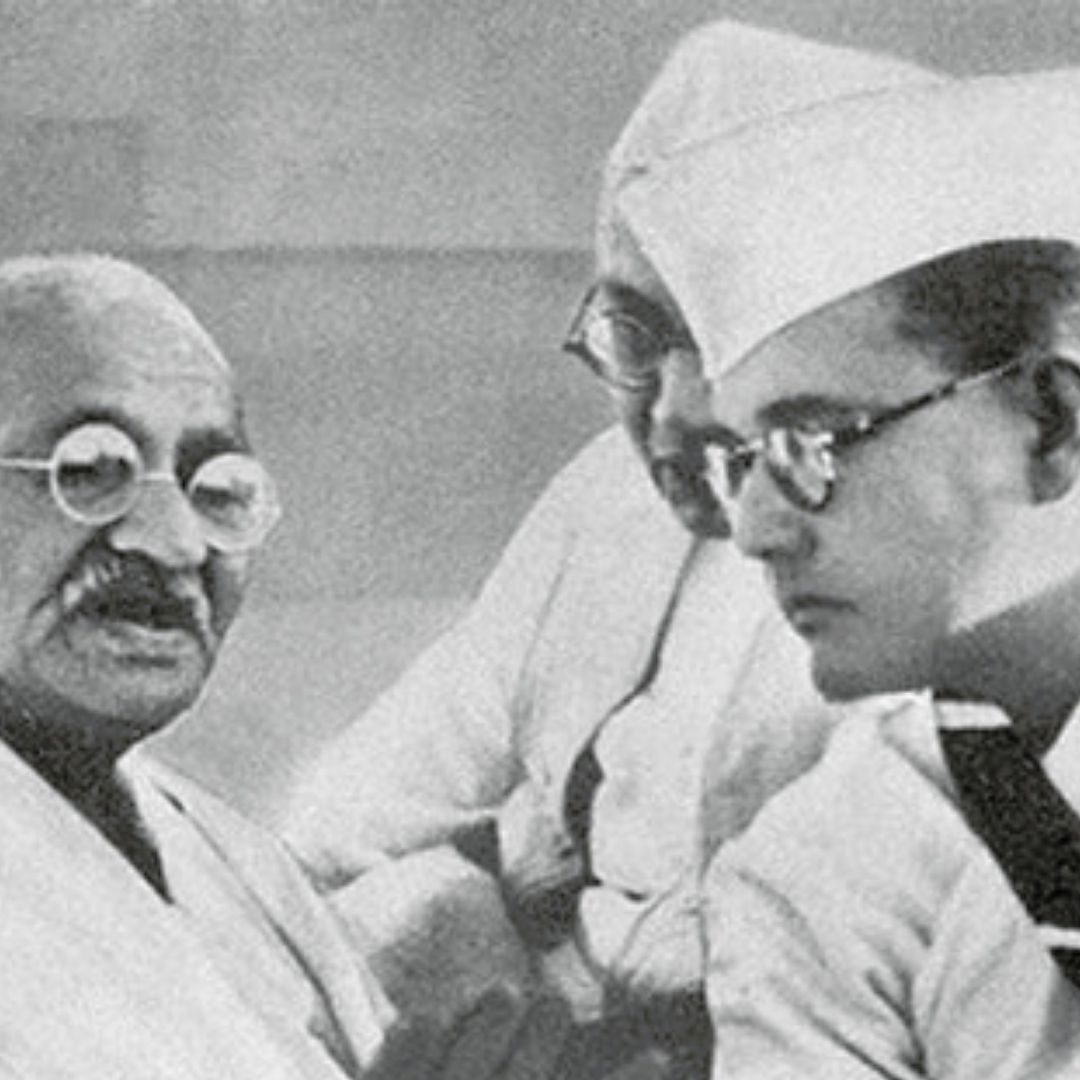Mahatma Gandhi is remembered as one of the greatest leaders of all time for his role in India's independence movement and his philosophy of nonviolent resistance. Gandhi's methods of resistance, known as satyagraha, were rooted in his belief in the power of truth and his commitment to nonviolence as a means of achieving social and political change.
One of Gandhi's key methods was the use of civil disobedience, which involved the peaceful refusal to follow laws or regulations that were considered unjust. Gandhi believed that civil disobedience was a way to bring about change through nonviolence, by showing the government that its laws were not being followed and that people were willing to suffer the consequences of disobedience in order to bring about change. Gandhi's philosophy of civil disobedience was influenced by the writings of Henry David Thoreau and was used by Gandhi to great effect in his campaigns for Indian independence and against racial segregation in South Africa.
Another key method used by Gandhi was noncooperation, which involved the refusal to cooperate with the government or other authorities in order to protest their policies. This could involve a wide range of activities, such as boycotting British goods, refusing to pay taxes, or refusing to participate in government-organized events. Gandhi believed that noncooperation was a way to show the government that its policies were unpopular and that people were willing to take a stand against them.
Gandhi also used the method of fasting as a form of protest. He believed that fasting was a way to show solidarity with those who were suffering and to bring attention to their cause. Gandhi often went on long fasts to protest various issues, such as the treatment of untouchables in India and the segregation of Indians in South Africa.
In addition to these methods, Gandhi also used his influence as a leader and a mentor to inspire and mobilize people to take action for social and political change. He believed in the power of individuals to bring about positive change and worked to empower people to take control of their own lives and communities.
Overall, Gandhi's methods of resistance were rooted in his belief in the power of nonviolence and his commitment to truth and justice. These methods, along with his leadership and influence, helped him to become one of the most influential figures in modern history and a symbol of hope and inspiration for people around the world.
Mahatma Gandhi (1869

The law-breaker breaks the law surreptitiously and tries to avoid the penalty; not so the civil resister. Although he adopted English dress and took dancing and violin lessons, he was nevertheless quite unsuccessful in conforming to the British mode of life. Kheda When Kheda, a village in Gujarat, was badly hit by floods, the local farmers appealed to the rulers to waive off the taxes. The tremendous soul-power of which Gandhiji spoke was essentially derived from the chanting of Ram-Nam and the study of the Gita and Ramayana. The action of the Indian National Army awakened the national feelings and had its impact on all sections of the people. The typical character of Gandhian movement and success of South Africa experiment had also played the most important role in his rise as a supreme national leader. His friends tried to compel him to eat meat but he abstained, adhering very rigidly to a vegetarian diet.
How Gandhi shaped our Independence: 7 major freedom movements initiated by Mahatma Gandhi

In 1930, Lord Irwin's Government called for a Round Table Conference in London and Indian National Conference refused to take part in it. He saw God in them, and in their service wore out his body. You know, I think that it might be Gandhi, who is a real hero of mine. Champaran The Champaran agitation in Bihar was Gandhi's first active involvement into Indian freedom politics. His mission accomplished, Gandhiji arrived in India in 1915.
20 Greatest World Leaders and Thinkers Who Were Inspired by Mahatma Gandhi

Through the 15 years an additional range of students have graduated from the certificate programs. To date, the Masters Degree program has prepared students from 40 countries. Gandhian movement was pan India movement because it reached even to millions of Indians; every section of Indian society participated in it easily. Balance remainder due by: December 1, 2022 David Hales served as President of the College of the Atlantic, Chair and President of Second Nature, the managing organization of the American College and University Presidents Climate Commitment, and as Director of the Michigan Department of Natural Resources. The name Mahatma Gandhi became popular. In many instances, this act of civil disobedience has been efficacious. British officials acted immediately and arrested nearly every member of the Indian National Congress party.
Gandhian Methods

While there, in 1901, he founded the newspaper, Indian Opinion. Haile Selassie I Source: Emperor of Ethiopia, Haile Selassie I, was a Gandhi admirer. The government banned this organisation and arrested almost all its important leaders. There was resentment among people against this decision. Some members formed Forward Block with Subhash Chander Bose as its member. Gandhi was married to his wife, Kasturbai, at age thirteen, as is the custom in India for arranged marriages.







